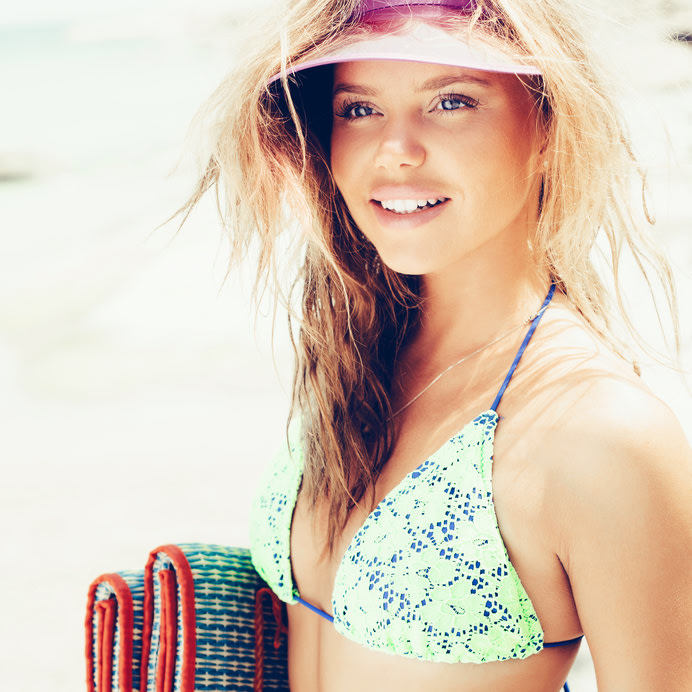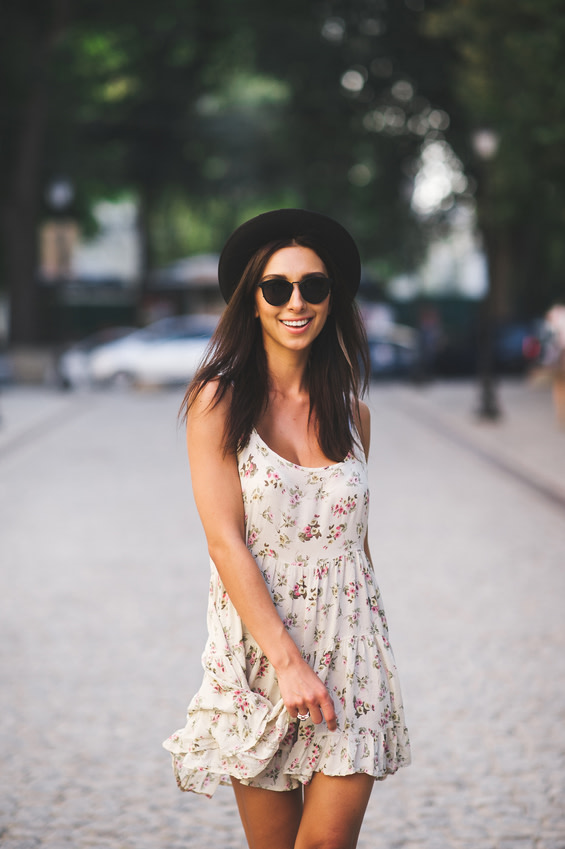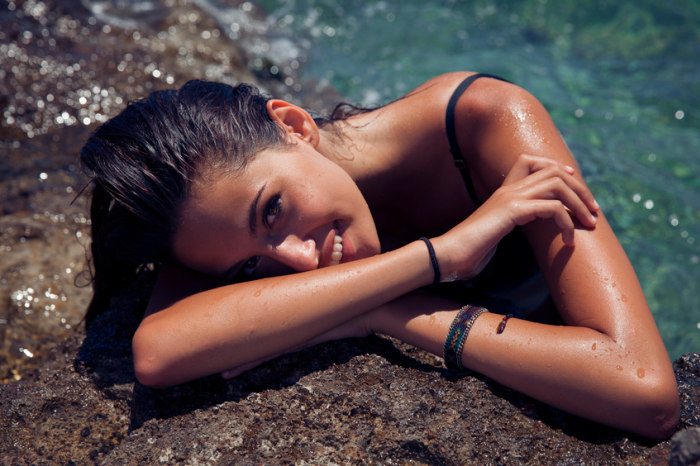Tanning Salons: All You Need To Know About The Solarium
If you are going to use sunbeds the key is to know what you are doing and to do it safely.
Stylish looks for less
 Clothing33,030+ products
Clothing33,030+ products Shoes14,696+ products
Shoes14,696+ products Accessories1,179+ products
Accessories1,179+ products- See all48,905+ products
No one wants to hit the beach looking like they’ve just crawled out from beneath a rock. Pale winter skin is just too glaringly obvious when you’re surrounded by people whose bronzed, tanned bodies make them look not only healthier but more athletic than you are.

©JohanJK
The answer for many people is to get the tan before they get to the beach, often with the help of the sunbeds down at their local solarium. It’s a popular option which offers a chance to catch a quick tan, in comfort, without getting sand in your sandwiches. The problem is it also comes with serious concerns about the long-term impact on skin health.
A tan might look healthy but over-exposure on the sunbed is widely documented as contributing to premature aging of the skin and, much worse, the growth of the malignant melanomas that are skin cancer. Too much time in the sun has the same effect, but opponents warn that many sunbeds are more powerful than even the midday sun.
"Many report also feeling better, an effect which might have something to do with the dosage of vitamin D."

©max-kegfire
Supporters, however, argue that sunbeds are a safer option because they provide a way to measure and control a body’s exposure to the UV rays that cause us to tan. Users say a session on the sunbed doesn’t just leave them looking better. Many report also feeling better, an effect which might have something to do with the dosage of vitamin D, and possibly mood-enhancing serotonin, they have just received.
If you are going to use sunbeds the key is to know what you are doing and to do it safely. Tanning occurs when skin is exposed to UVA radiation which penetrates to the deepest layer of skin and causes it to produce more of a pigment called melanin. Ninety five percent of the sun’s rays, and most of those produced by a sunbed, are UVA. The remainder is UVB, a more dangerous form of UV radiation which acts on the top layer of skin and is the main cause of sunburn and skin cancer.
"The darker the skin, the more exposure a person can take without causing excessive damage."

©mirelabella
The amount of time a person can be safely exposed to these radiations depends very much on their skin type. This ranges from type I, very pale white skin which is highly sensitive to UV radiation, through to type VI which is black skin. The darker the skin, the more exposure a person can take without causing excessive damage.
A number of measures can be taken to decrease the dangers of sunbeds
- Don’t wear jewellery on a sunbed - it can get hot and leave white marks.
- Remove make-up as some products react under UV light.
- Wear proper eye protection. Simply closing your eyes will not protect them from harmful UV rays that can cause conjunctivitis and cataracts.
- Use a special sunbed tanning lotion which will speed up the process and moisturise your skin.
- Protect lips with a UV blocking balm.
- If you are using the sunbed and sauna on the same day take the sauna first as this removes dead skin cells that can impede the tanning process.
- Always follow the safety procedures and tanning times suggested by the professionals at your solarium. When it comes to tanning it always pays to be safe and sensible. Your skin depends on it.
Discover new trends by checking out the daily sales campaigns at Lounge by Zalando, and you can save up to 80%*!